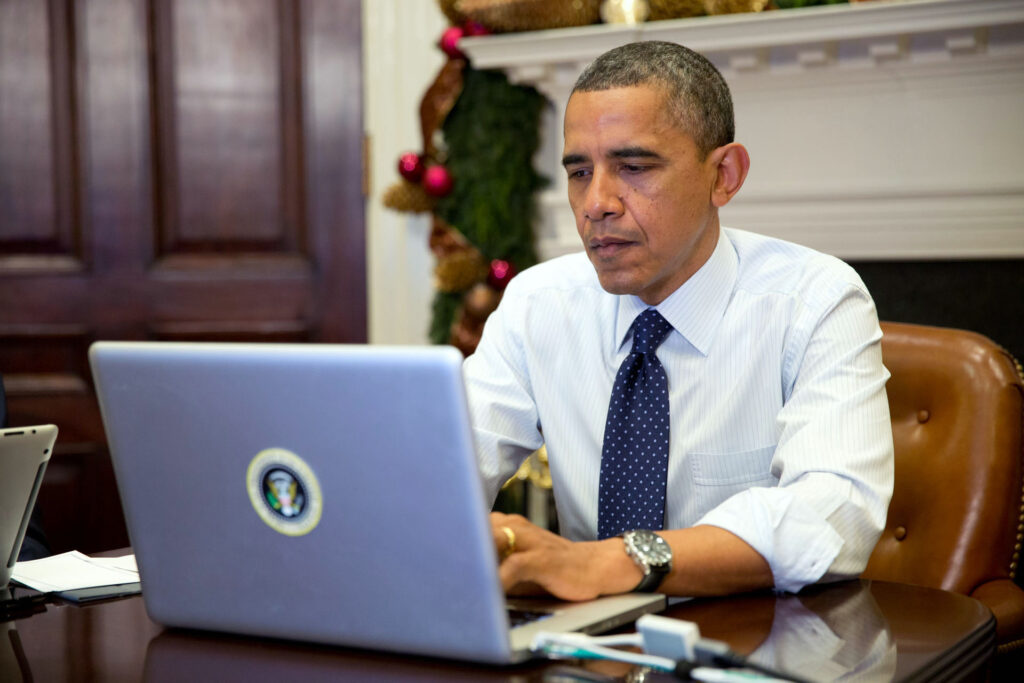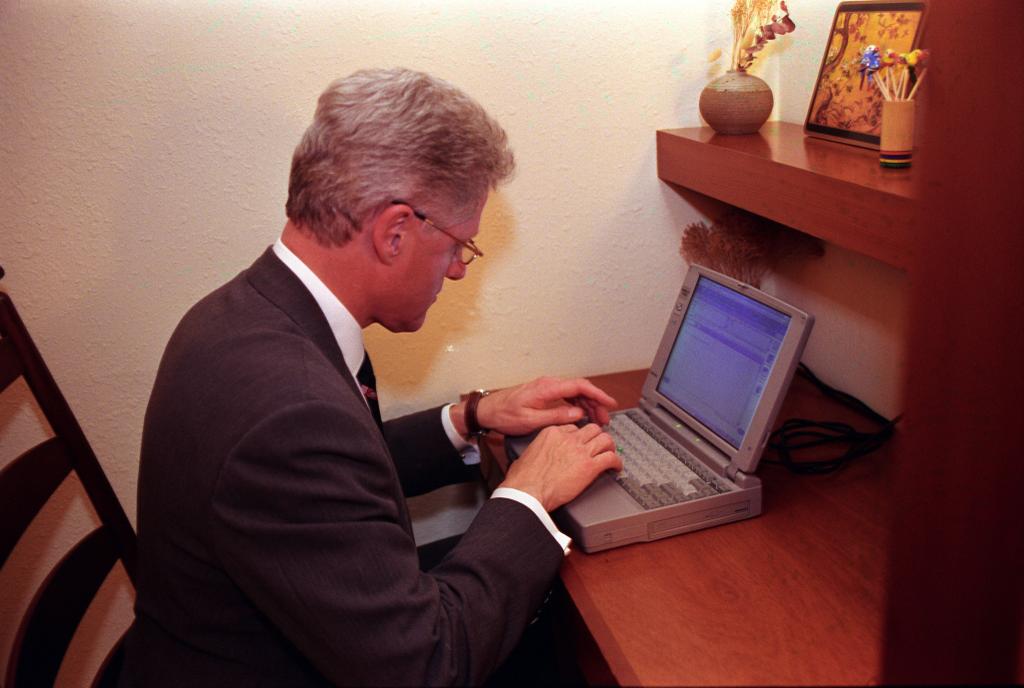The White House, the iconic residence and workplace of the President of the United States, has witnessed a remarkable transformation with the advent of computer technology. Over the years, computers have played an increasingly integral role in enhancing efficiency, communication, and decision-making within the administration. This article delves into the fascinating history of computers in the White House, exploring significant milestones such as the introduction of the Hewlett-Packard HP3000 computer during the Carter administration, Bill Clinton sending the first presidential email, and the current utilization of computers in the modern White House.
The Hewlett-Packard HP3000 Computer:
In 1978, during the Carter administration, the White House implemented the Hewlett-Packard HP3000 computer system, marking a significant milestone in the history of computing within the presidential residence. This sophisticated mainframe computer provided essential administrative support, managing tasks such as personnel records, correspondence, and scheduling. Its advanced capabilities enabled efficient data processing and storage, revolutionizing the way the White House handled vital information.
Bill Clinton and the First Presidential Email:
The advent of the internet in the 1990s brought new possibilities to the White House, and it was during Bill Clinton’s presidency that significant strides were made in terms of computer connectivity and communication. In 1993, Clinton became the first president to send an email, highlighting the growing importance of digital communication in the highest office of the land.
Under Clinton’s leadership, the White House established an internal email system to streamline communication among staff members. This development significantly enhanced collaboration and information sharing, promoting greater efficiency and responsiveness within the administration.
Computers in the Modern White House:
Today, computers play an indispensable role in the functioning of the White House. With advancements in technology, the scope and capabilities of these systems have expanded exponentially, supporting a wide array of functions.
One vital aspect of computer usage in the modern White House is cybersecurity. Given the increasing threats posed by hackers and cybercriminals, comprehensive security measures are crucial to protect sensitive government information. The White House utilizes advanced cybersecurity protocols and employs skilled personnel to safeguard its digital infrastructure.
Additionally, computers facilitate communication and coordination within the administration. Email remains a fundamental tool for internal communication, allowing White House staff to exchange information, coordinate schedules, and collaborate on important initiatives.
Computers also contribute to data analysis and decision-making processes. Through complex data management systems, the White House can collect and analyze vast amounts of information to inform policy decisions. Data visualization tools aid in understanding and presenting complex information in a more comprehensible format to assist policymakers.

The advent of social media has further transformed how the White House communicates with the public. Platforms like Twitter (X) and Facebook enable the administration to disseminate information, engage with citizens, and shape public discourse in real-time.
Furthermore, computer technology supports logistical and operational functions within the White House. From managing visitor registrations and security access systems to controlling environmental factors like heating and lighting, computers streamline numerous administrative tasks, ensuring the smooth operation of the presidential residence.
The history of computers in the White House showcases the evolving nature of technology and its impact on governance. From the Hewlett-Packard HP3000 to the first presidential email sent by Bill Clinton, computers have become indispensable tools in enhancing communication, efficiency, and decision-making processes within the highest echelons of power.
